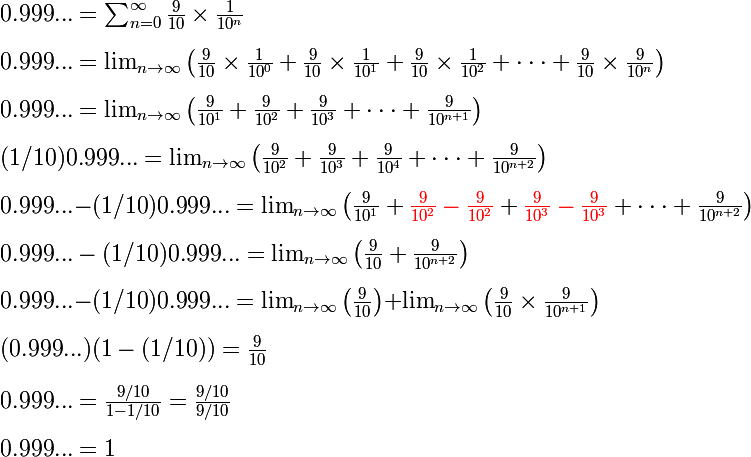doronshadmi
Penultimate Amazing
- Joined
- Mar 15, 2008
- Messages
- 13,320
Posted By: zooterkin
False and false. That there is no element in an infinite sequence with infinitely many segments is independent of the sequence's cardinality.
|N| folded line segments does not mean that one of the folded line segments has |N| sub-segments.
For example, in the case of Koch Fractal the formula is (X/4J)*4J, where j=1 to |N|, such that if j = |N|, this is exactly the case that enables to extend (to go beyond) all the cases of finite sub-segments, in order to get X in the case of 2*(a+b+c+d+...) (this is exactly |N| observation).
This is not the case if X is observed from |R|, exactly because |N| extension < lR|, and we need |R| extension in order to get X.
Please look again very carefully at http://www.internationalskeptics.com/forums/showpost.php?p=10316119&postcount=4298.
Last edited by a moderator:

